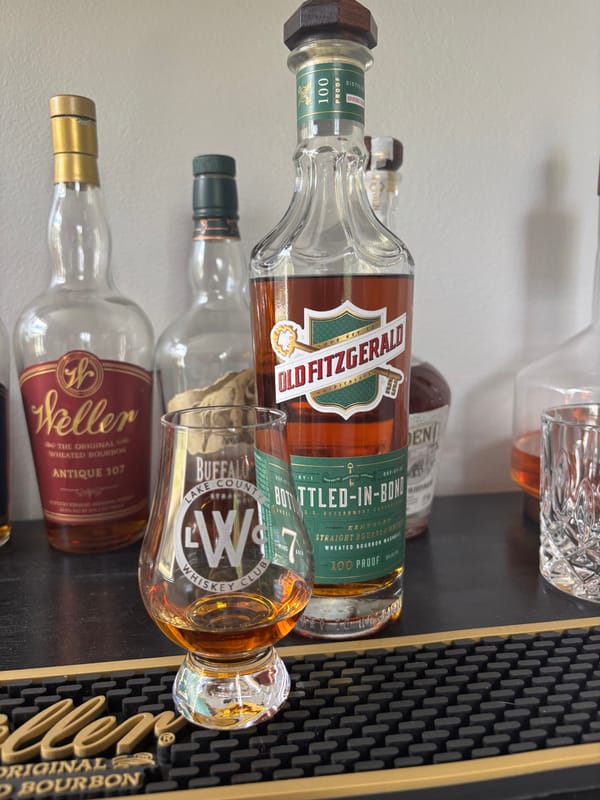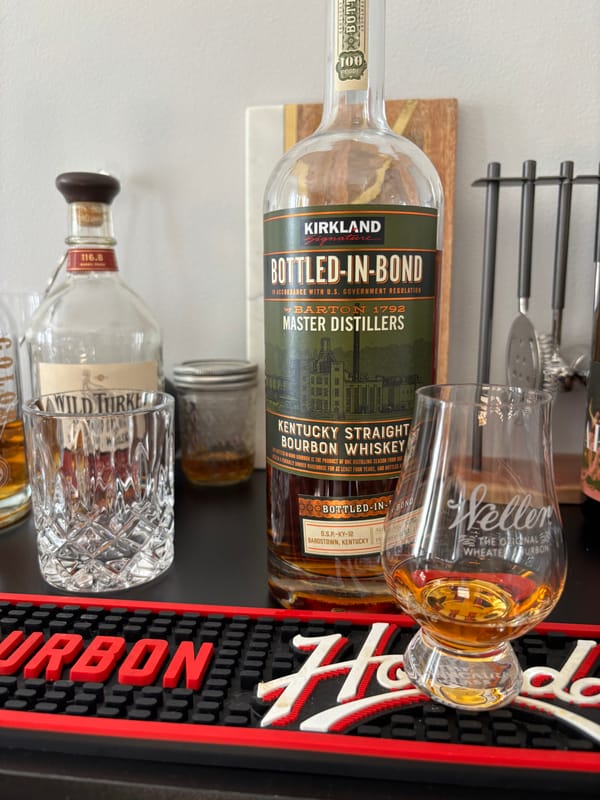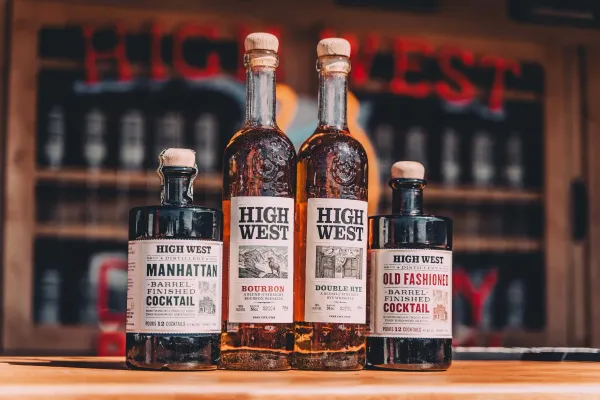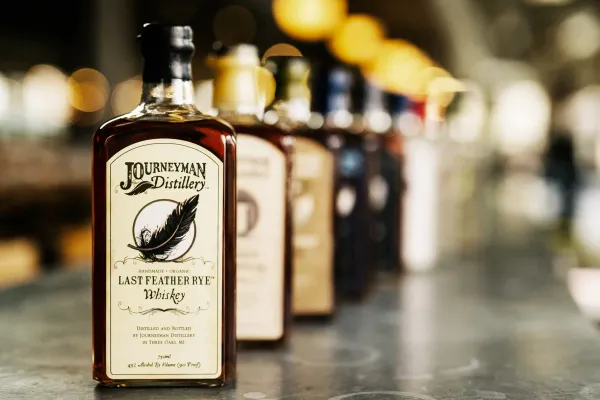Barrel Size Revelations: The Whiskey Space You’ll Wish You’d Sized Up Sooner

Barrel Size Effects: The Whiskey Shape You Can’t Ignore
Barrel size isn’t just a number—it’s whiskey’s mold, and if you don’t get its impact, you’re missing the frame that crafts every pour. It’s law-guided and process-driven. Here’s the solid truth about barrel size effects, straight from the rules, and why it’s your 2025 must-grasp.
How Barrel Size Fits Whiskey Law
U.S. law mandates new charred oak barrels for bourbon, rye, and wheat whiskey—51% grain minimum, 160 proof max distillation, 125 proof max barreling, 80 proof minimum bottling—but doesn’t fix size. Standard barrels hold 53 gallons, yet smaller ones—10 to 30 gallons—age whiskey legally, too. Every size shifts the spirit’s path.
How Barrel Size Changes Aging
Spirit enters at 125 proof or less, aging two years or more—often four to eight—in oak. In 53-gallon barrels, oak contact’s steady—flavors like vanilla and spice build slowly. Smaller barrels—10-30 gallons—mean more wood per ounce, speeding extraction—corn’s sweetness or rye’s bite deepens faster. Bigger barrels stretch it out—every size sets the clock.
What Barrel Size Means for Your Whiskey
Standard 53-gallon barrels balance—bourbon’s caramel or rye’s spice matures evenly after years. Small barrels rush it—bold oak hits sooner, darkening whiskey in two to four years. Every sip’s intensity—smooth or sharp—traces to this—law allows flexibility, size decides the feel.
Why Barrel Size Matters in 2025
Barrel size sculpts whiskey’s soul—by 2025, knowing it could unlock why some pours hit hard and others linger soft. It’s the truth in the wood—don’t miss its measure. Want to taste size’s sway? Check out NEAT: Whiskey Finder—it’ll help you track down bourbon and whiskey near you.





